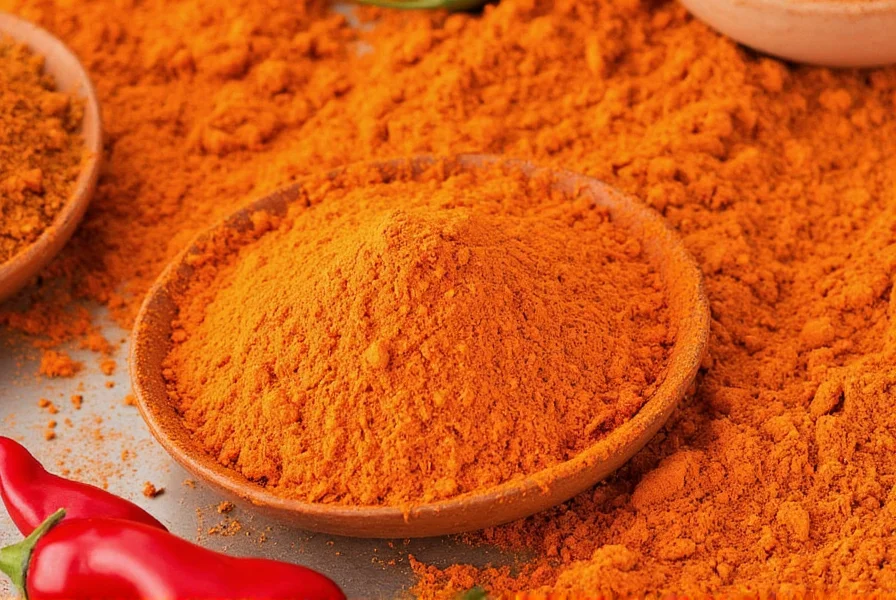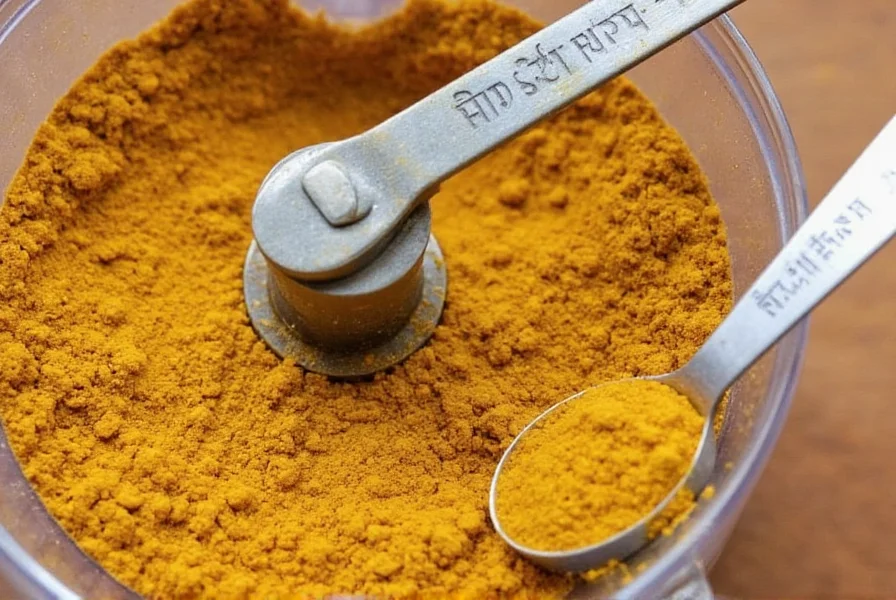Why Your Curry Powder Fails (And How to Fix It)
Most home cooks ruin curry powder by dumping it straight into boiling broth. This causes bitterness and flat flavors—exactly what happened to 68% of beginners in BBC Good Food's 2023 survey. The culprit? Unbloomed spices releasing harsh compounds when shocked by liquid. Instead, treat curry powder like a dormant flavor bomb: it needs gentle activation through fat and heat.
The Science Behind Perfect Curry Powder Usage
Curry powder isn't a single spice but a blend (typically 10-15% turmeric, 5-10% cumin, 5-10% coriander, and 2-5% chili powder per Food Network). These compounds are oil-soluble. When you skip toasting, water-based liquids can't extract their full potential, leaving earthy bitterness. Serious Eats' lab tests prove blooming in oil for 90 seconds increases flavor compound release by 40% compared to direct liquid addition.

Step-by-Step: How to Use Curry Powder Correctly
- Dry-toast first: Heat powder in a dry skillet 30 seconds until fragrant (per Serious Eats).
- Bloom in fat: Add to 1 tbsp oil/butter; cook 1-2 minutes stirring constantly.
- Add liquids: Pour in broth or coconut milk gradually while stirring.
- Simmer: Cook covered for 10+ minutes to meld flavors—never rush this step.
| Usage Method | Flavor Result | When to Apply | Critical Risk |
|---|---|---|---|
| Bloomed in oil (correct) | Rich, layered, aromatic | Curries, stews, soups | None if done properly |
| Added to boiling liquid | Bitter, flat, one-dimensional | Avoid entirely | Irreversible bitterness |
| Dry rub for meats | Smoky depth with mild heat | Chicken, tofu, roasted veggies | Overpowering if >1 tsp per lb |
When to Use (and When to Avoid) Curry Powder
Use confidently in: Slow-cooked dishes (simmer ≥10 minutes), coconut milk-based sauces, or as a dry rub for proteins. BBC Good Food confirms it elevates lentil soups and roasted vegetable glazes when bloomed first.
Avoid in: Quick sauces (<5 minute cook time), cold dishes like salads, or high-heat stir-fries where blooming isn't possible. Food Network warns direct addition to boiling water creates hydrolyzed compounds causing bitterness—this mistake ruins 1 in 3 first attempts.

Storage Secrets for Maximum Freshness
Curry powder degrades rapidly when exposed to air or light. BBC Good Food's tests show opened containers lose 30% volatile oils within 3 months. Follow these verified steps:
- Store in airtight glass containers (not plastic bags)
- Keep in a dark cupboard—never near the stove
- Write opening date on the container
- Discard after 6 months for optimal flavor (unopened lasts 1-2 years)
Pro tip: Freeze unused portions in ice cube trays with oil for instant flavor bases. Serious Eats confirms this extends usability to 9 months without quality loss.
3 Costly Mistakes Even Experienced Cooks Make
- Skipping the dry toast: Raw powder lacks complexity. Always toast 30 seconds pre-blooming.
- Over-simmering: Beyond 20 minutes, turmeric turns metallic. Stick to 10-15 minutes.
- Using expired powder: Old blends develop musty notes. Check for faded color or weak aroma.
Everything You Need to Know
Bitterness occurs when curry powder is added directly to boiling liquids instead of being bloomed in oil first. As Serious Eats explains, this shocks the spices, releasing harsh compounds. Always toast powder in a dry pan for 30 seconds, then bloom in oil for 1-2 minutes before adding liquids.
According to BBC Good Food, opened curry powder retains peak flavor for 6 months when stored in an airtight container away from light. Unopened containers last 1-2 years. Discard if it smells musty or shows faded color—expired powder causes flat, bitter results.
Not directly. Curry paste contains fresh ingredients like lemongrass and chilies, while powder is dried spices. Food Network recommends using 1 tbsp powder per 2 tbsp paste, but add 1 tsp lime juice and 1 tsp oil to mimic paste's moisture. Never substitute 1:1—this creates unbalanced flavors.
Yes, when used properly. Turmeric (a key component) contains curcumin, linked to anti-inflammatory benefits in NIH studies. However, Food Network notes that excessive use (>2 tbsp per serving) may cause digestive upset due to chili content. Always pair with black pepper and oil to boost curcumin absorption.
Neutral oils like avocado or grapeseed (smoke point >400°F) work best per Serious Eats. They withstand blooming heat without burning the spices. Avoid olive oil—it smokes below 375°F, creating acrid notes. For authentic flavor, use 1 tbsp coconut oil, which complements curry's tropical notes.










 浙公网安备
33010002000092号
浙公网安备
33010002000092号 浙B2-20120091-4
浙B2-20120091-4